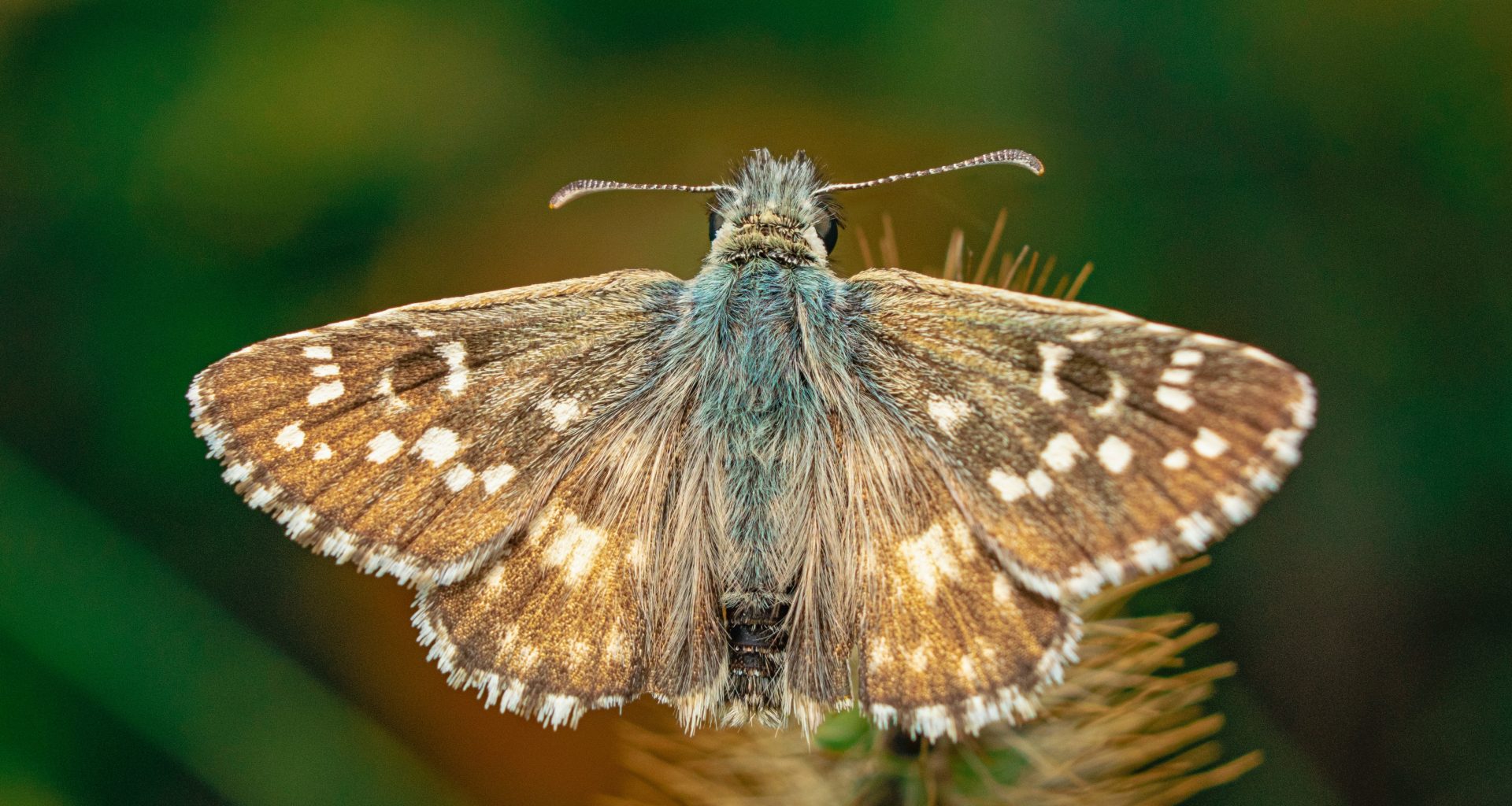What are Moths?
Moths are flying insects that belong to the order Lepidoptera, just like butterflies. They are found all over the world and come in different shapes, sizes, and colors. Unlike their daytime counterparts, moths are mostly active at night, attracted to light sources such as lamps or streetlights.
Their wingspan can range from a few millimeters to over 30 centimeters depending on the species. Some common features of eliminating moths include two pairs of wings covered with scales and a long proboscis used for feeding nectar from flowers.
Moths play an important role in our ecosystem as pollinators for many plants but they can also be pests when they invade our homes. The most common household moths include clothes moths and pantry moths which can cause damage by laying eggs on fabrics or food items respectively.
How to Identify Different Types of Moths
Moths come in a variety of shapes, sizes, and colors. Identifying the type of moth infestation you have is crucial to finding the right solution to get rid of them.
- Coppery markings : Firstly, Indian meal moths are one common type that can be identified by their bronze-colored wings with coppery markings. These moths are known for infesting stored food products such as grains and pet food.
- Golden coloration : Webbing clothes moths are another common household pest identifiable by their small size and golden coloration. They tend to attack natural fabrics such as wool or silk, leaving behind holes in clothing or carpets.
- Brownish-red coloring : Next up are pantry pests like cigarette beetles and grain weevils that also prey on dry goods such as cereal or pasta. Cigarette beetles have an elongated body with brownish-red coloring whole grain weevils possess a long snout-like projection from their head.
Prevention Strategies for Keeping Moths Away
- Regular cleaning : Firstly, it’s important to maintain cleanliness in your home. Moths love dirty and cluttered spaces as they provide hiding places for their larvae. Regular cleaning ensures there are no food crumbs or other debris that could attract moths.
- Proper storage : Secondly, proper storage of clothing and fabrics is crucial in moth prevention. Use airtight containers or vacuum-sealed bags when storing clothes that aren’t frequently worn. This will prevent moths from laying their eggs on these items.
- Essential oils : Thirdly, try using essential oils such as lavender or cedarwood around your home to repel moths naturally. These oils have strong scents that act as a deterrent for these insects.
- Inspections of areas : Regular inspections of areas where moths like to hide such as closets and pantries can help catch any potential infestation early on before it becomes a bigger problem.
Natural Remedies to Get Rid of Moths
Natural remedies are a great way to get rid of moths without causing harm to yourself or the environment.
- Cedarwood : One effective method is using cedarwood. Moths hate the smell of cedarwood, so placing some cedar blocks or sachets in your closets and drawers can help repel them.
- Lavender : Another natural solution is lavender. Like cedarwood, moths find the scent of lavender unpleasant, making it an excellent repellent. You can use dried lavender flowers or essential oil to create sachets or spray around your home.
- Mint leaves : Mint leaves are also an effective moth deterrent due to their strong scent. Crushed mint leaves placed in areas where you have seen moths can help keep them away.
Also Read: How to Clean Copper Jewelry At Home
Conclusion
Ridding your home of moths may seem like a daunting task, but with the right strategies and tools, it can be easily achieved. By identifying the different types of moths in your home, implementing preventative measures to keep them away, and using natural remedies to eliminate any existing infestations, you can ensure that your home remains moth-free.








